As devoted pet owners, we often find ourselves captivated by the boundless energy and spirited personalities of small dog breeds. From the playful antics of a Pomeranian to the dignified charm of a Cavalier King Charles Spaniel, these compact companions bring immense joy into our lives. However, beneath their lively exterior lies a vulnerability that demands our attention—the health of their delicate kneecaps, medically known as patellas. Luxating patella, a condition where the kneecap dislocates from its normal position, is a common orthopedic issue in small breeds, affecting their mobility and overall quality of life. Understanding this condition, its prevention, and daily care is not just beneficial; it is a fundamental aspect of responsible pet ownership that can significantly enhance the well-being of our furry friends.
The anatomy of a dog's knee is a complex interplay of bones, ligaments, and muscles, designed to provide stability and facilitate movement. In small breeds, however, genetic predispositions often lead to anatomical irregularities. Shallow grooves in the femur, misaligned bones, or weakened ligaments can create an environment where the patella easily slips out of place. This displacement can range from occasional, mild discomfort to severe, persistent lameness. Recognizing the early signs is crucial. You might notice your dog skipping a step occasionally, extending a leg awkwardly while running, or even emitting a sudden yelp of pain. These subtle hints are your first clues that something might be amiss with their joint health.
While genetics play a starring role in the development of a luxating patella, it is not the sole actor on this stage. Environmental factors and lifestyle choices can either exacerbate the condition or help mitigate its impact. A puppy that is allowed to jump on and off furniture with abandon, or one that carries excess weight, is placing undue stress on developing joints. Conversely, a controlled environment that minimizes high-impact activities can provide a safer foundation for growth. This doesn't mean wrapping your dog in cotton wool, but rather being mindful of their limitations and creating a space that supports their physical structure rather than challenging it unnecessarily.
Nutrition forms the bedrock of preventive care. The goal is to support robust musculoskeletal development without promoting excessive weight gain. A balanced diet rich in high-quality protein for muscle support, and carefully controlled calories to prevent obesity, is paramount. Obesity is a silent aggressor; every extra pound multiplies the pressure on a small dog's fragile joints, accelerating wear and tear and increasing the risk of dislocation. Consult your veterinarian to choose a diet specifically formulated for small breeds, and be meticulous with portion control. Treats, while a powerful tool for bonding and training, should be given sparingly and accounted for in their daily caloric intake.
Beyond diet, targeted physical conditioning is a powerful ally. The objective is to build strong, supportive muscles around the knee joint—creating a natural brace that helps hold the patella in its proper track. Low-impact exercises are the gold standard. Leashed walks on even surfaces allow for controlled movement and muscle engagement without jarring impacts. Swimming is an exceptional activity, as the buoyancy of water supports the bodyweight, allowing for a full range of motion and muscle building with zero stress on the joints. Avoid activities that involve a lot of twisting, turning, or sudden stops, like intense games of fetch with a ball on hard surfaces. Consistency is key; a regular, moderate exercise routine is far more beneficial than sporadic, intense exertion.
The home environment, often overlooked, is a critical domain for prevention. Slippery floors like hardwood, tile, or laminate are hazardous, offering no traction for small paws and forcing the leg muscles to constantly tense and stabilize, which can strain the joints. Area rugs, runners, and non-slip mats provide secure footing and confidence for your dog to move around. Ramps and pet steps are invaluable investments, offering a safe alternative to jumping on and off couches or beds—a common cause of minor injuries. Even something as simple as placing a non-slip mat under their food and water bowls can prevent their legs from splaying while they eat or drink.
Routine veterinary care is your early warning system. Regular check-ups allow your vet to physically assess the patella's stability, grading any luxation on a scale from I (mild, occasional) to IV (severe, permanent). This grading helps formulate a long-term management plan. They can also monitor your dog's weight and body condition score, offering professional guidance on diet and exercise. As your dog ages, their needs will change. Puppies require support for healthy development, adults need maintenance, and seniors often benefit from supplements like glucosamine and chondroitin, which support joint cartilage and fluid. Always introduce any new supplement under veterinary guidance to ensure it is appropriate and dosed correctly for your individual dog.
For a dog already diagnosed with a luxating patella, daily management becomes a gentle art of balancing activity with rest. Pain management, prescribed by your veterinarian, is essential for maintaining comfort. You become an astute observer of your dog's signals. On days they seem stiff or sore, prioritize calm cuddles over walks. On good days, enjoy gentle, controlled exercise. Physiotherapy techniques, which you can learn from a canine rehabilitation specialist, can be performed at home to maintain flexibility and strength. These might include gentle range-of-motion exercises or massage. The deep bond you share with your dog is your greatest tool; your attentiveness to their subtle changes in behavior or gait is often the first indicator that their management plan needs adjusting.
In severe cases, when conservative management is no longer sufficient to ensure a good quality of life, surgical intervention may be recommended. This is typically considered for high-grade luxations (Grade III or IV) that cause persistent pain and lameness. The procedures aim to deepen the femoral groove, realign the forces acting on the knee, and reconstruct soft tissues to provide lasting stability. Post-operative care is intensive and requires strict confinement, followed by a carefully supervised rehabilitation program to regain strength and function. While the process can be daunting for both owner and pet, successful surgery can be profoundly transformative, granting a dog a new lease on a pain-free, active life.
Caring for a small dog with a predisposition to luxating patella is a journey of proactive love and informed vigilance. It is a commitment woven into the fabric of daily life—from the food we measure out each morning to the rugs we lay on the floor and the gentle walks we share. It is not about fostering a life of limitation, but rather about architecting an environment and a routine that empowers them to thrive within their physical means. By embracing the roles of informed guardian and compassionate caregiver, we can effectively shield our beloved companions from discomfort and safeguard their joyous, spirited mobility for all the years to come. Their unwavering loyalty and affection deserve nothing less than our most dedicated and knowledgeable effort.
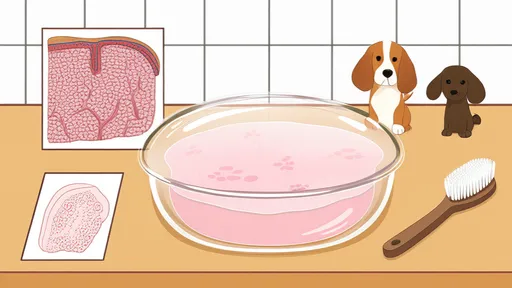
By /Aug 20, 2025
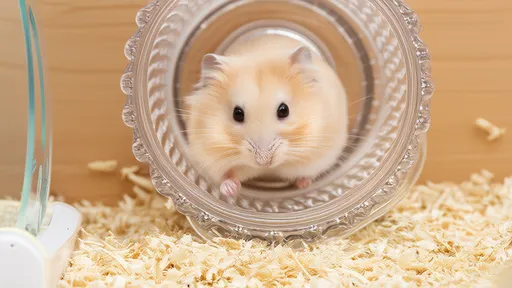
By /Aug 20, 2025
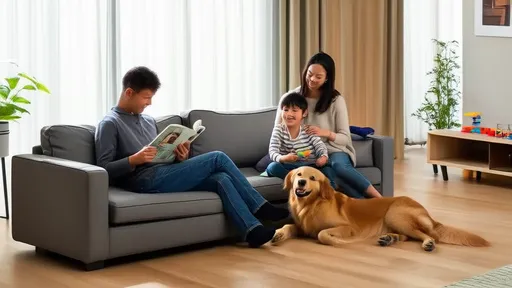
By /Aug 20, 2025

By /Aug 20, 2025

By /Aug 20, 2025
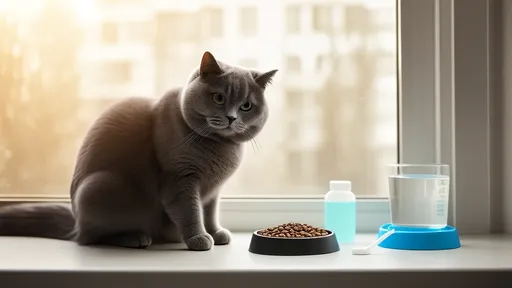
By /Aug 20, 2025

By /Aug 20, 2025
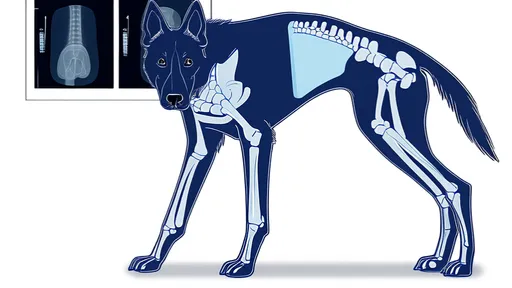
By /Aug 20, 2025
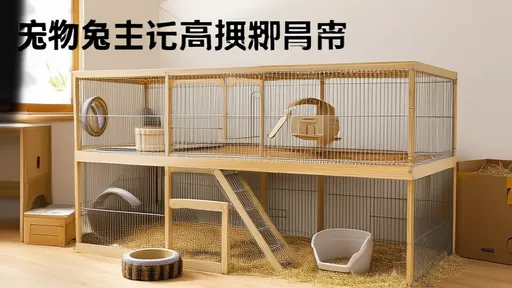
By /Aug 20, 2025

By /Aug 20, 2025

By /Aug 20, 2025

By /Aug 20, 2025
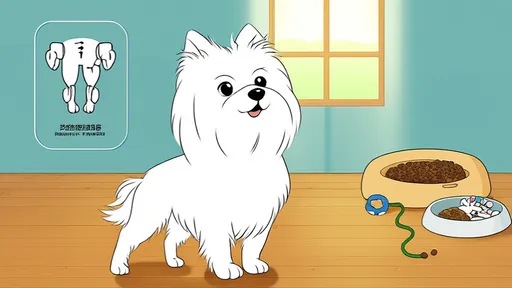
By /Aug 20, 2025
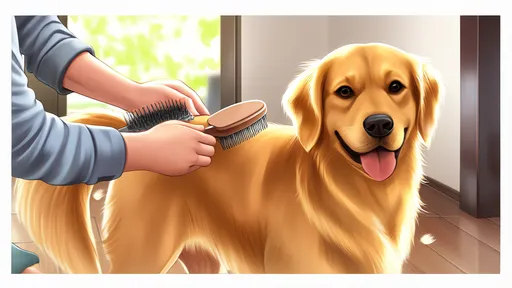
By /Aug 20, 2025

By /Aug 20, 2025
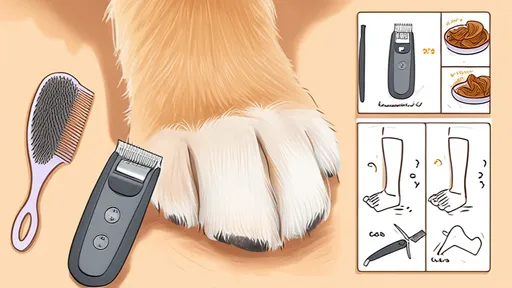
By /Aug 20, 2025
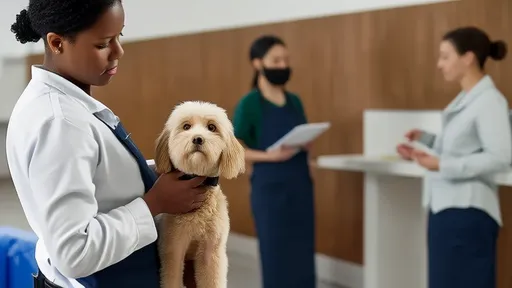
By /Aug 20, 2025
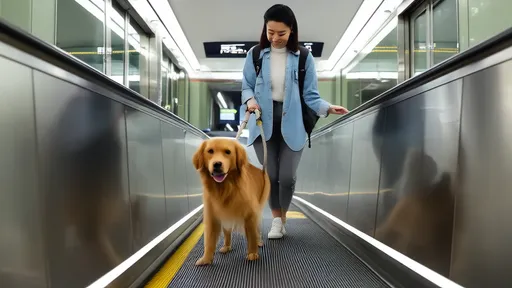
By /Aug 20, 2025
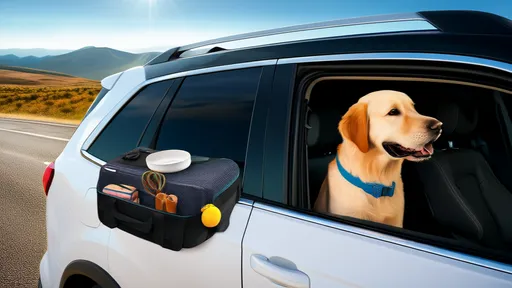
By /Aug 20, 2025
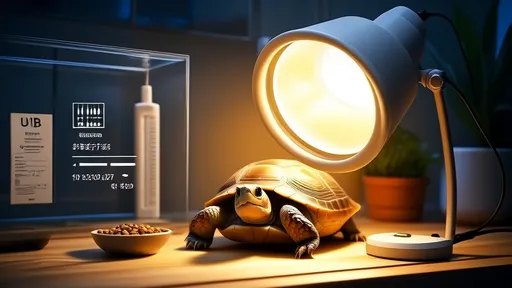
By /Aug 20, 2025